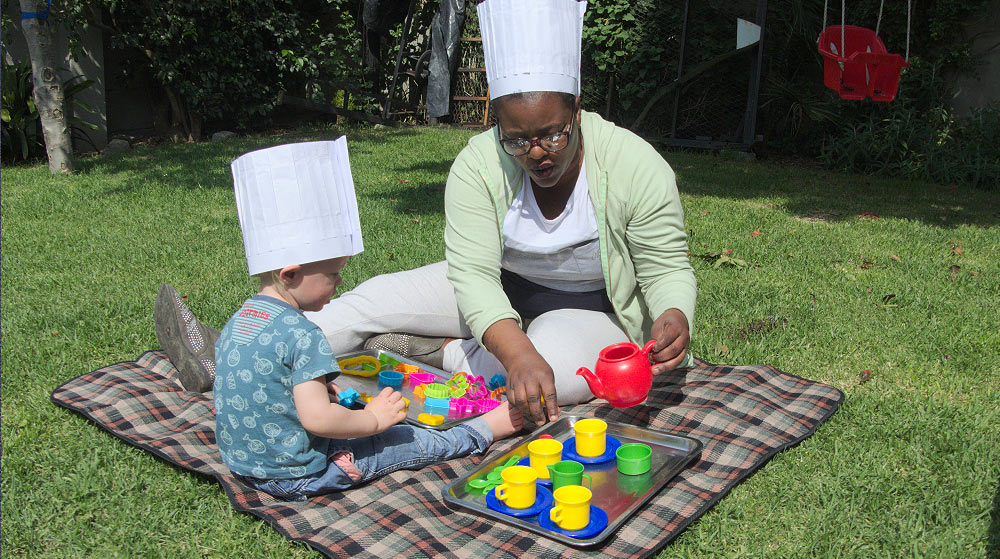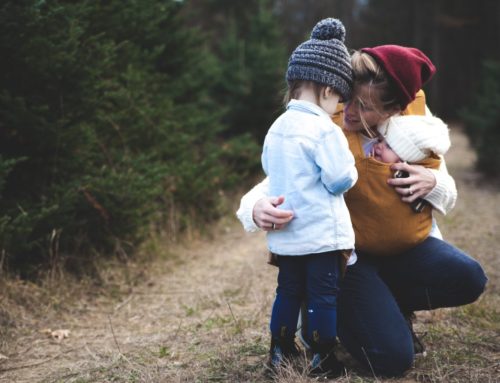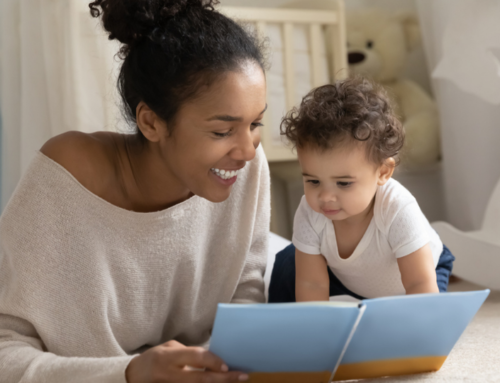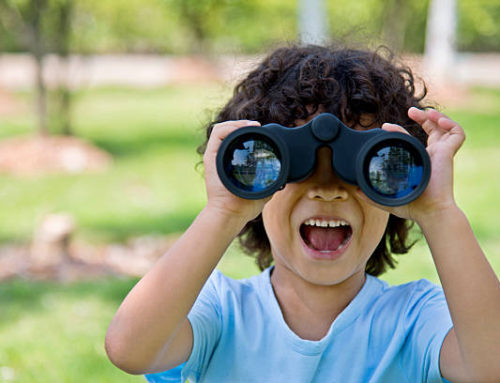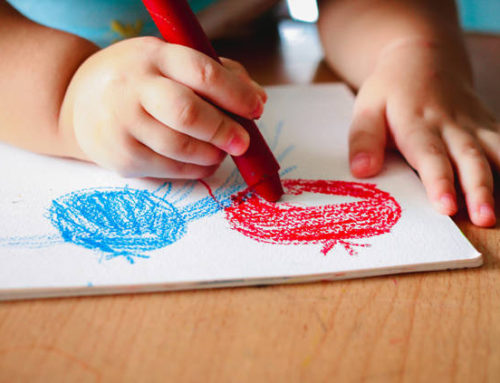Cultivating Creativity
Humans are creative by nature. Unlike any other creature on this earth, we are wired to be creative. In a world that is rapidly changing, by the time today’s toddlers join the work force, creativity will be the most sought after skill in the work place. Creativity develops independence, self-esteem, and problem-solving skills; fine-motor skills, hand-eye coordination and many more. That is why it is so important to cultivate creativity while children are still young.
So how can we practically encourage creativity? Here are a few points to guide you in encouraging creativity at home:
A space to be creative
How many of us have experienced a time where we wanted to do something but were prevented from doing it simply because we didn’t have any space to get it done? Giving your child a space to be creative could be the first step to encourage creativity. Rachelle Doorley, author of “Tinkerlab – A hands on guide for little inventors”, states that “an inviting space can entice children to play and explore for hours, whereas a hostile space can shut them down”. This doesn’t mean that you need to give your child an entire room in the house where they can “tinker”, but merely a shelf or a windowsill, a small area or space can breed creativity.
Time
For most of us, the majority of our time is structured and planned with what we are going to do and when we are going to do it. Many toddlers even have busy schedules, but long periods of unstructured time can be one of the best ways to cultivate creativity. Schedule some time in your calendar to do nothing together with your child, and see what creativity can come out of it. Children need time to allow themselves to think, imagine, explore, build, experiment and be curious.
When a child has long periods of unstructured time, over multiple days with the same materials to play with, it helps them to understand the properties of those materials. Sit with your child and be creative together. As you do so, it’s important to respond to their process of creativity and not just the final product. This gives them confidence to trust their own creativity. You can do this by asking open ended questions. Children are curious by nature. Even before they can speak, little ones may hold an item out toward you as if to ask you, “What is this? Why does it feel like this? Do you like this colour?” . By asking your child questions, you can stir up more curiosity within them and get them thinking. Try questions like: “what would happen if you tried this?” or “tell me about what you are making” rather than closed questions like, “is that a sun?” or “what colour is a bee?”.
It’s important to note that boredom can lead to creativity. Boredom can be a good thing. Not the initial feeling of boredom, but allowing you child to push past the boredom provides the opportunity to problem solve and this can allow boredom to give birth to creativity.
Materials
Having access to a variety of materials to be creative with, where there is no right or wrong way to use them, is an important aspect of cultivating creativity. You may have received your creativity kit from Nanny ‘n Me last month, or you may be wondering what type of materials you can give your little one to use. These materials will depend on what is age appropriate and what developmental stage your child is in, as well as whether supervision is possible. For example, you wouldn’t trust a 2 year old with permanent markers while they are unsupervised, but a box of washable crayons is permission to get creative without any stress.
Tips for buying materials:
Buy the best quality you can afford
Always go for non-toxic items
You won’t regret going with washable art supplies
Basic art supplies:
- paint and brushes, pencils, crayons, coloured pencils, paper
More art supplies:
- playdough, ribbons, balloons, glitter
Stationery supplies:
rubber bands, tape, staples, glue, string
From the kitchen:
tin foil, cardboard tubes, straws, ice-cream sticks
From the garden:
- sand, leaves, twigs, stones, flowers, pinecones
Give them access to the recycling – using items that costs you nothing means that making mistakes is not a problem and won’t steal from the precious skills that are developed through creativity.
Mess is best
We live in a day and age where children are growing up without knowing what it’s like to have dirt under their fingernails or grubby knees from playing outside. At Nanny ‘n Me, we believe that “mess is best” – messes are evidence that creativity has taken place! Some parents have higher tolerance levels for mess than others, so the thought of encouraging messy play in your house may make you want to hit the brakes, but here are some ways to lower any mess-related anxiety you may have:
Give everything it’s own place – despite the s tereotype of artsy people being disorganized, organisation does breed creativity. When everything has it’s own place and I always know where to find it, I am free to create whatever I can imagine.
Include your little one in the process and teach them how to tidy up – they’re never too young to start learning.
Wear the right clothes, whether it’s an outfit that is specifically worn for messy play days or just covering clothes with their Nanny ‘n Me apron. If you’re not worrying about stains, you can enjoy the learning and the fun of the mess.
Have an old towel and/or wet wipes on stand-by during those messy games.
Prevent stains by putting down newspaper, a tarp or an old sheet or simply take it outdoors.
It’s helpful to remember that at the end of the day “cleaning your house while your kids are growing up is like shoveling the walk before it stops snowing” (Phyllis Diller, American comedienne).
Repetition, repetition, repetition
Children (and adults) gain expertise and skill in a particular area through repetition. It’s okay if your child wants to repeat the same activity over and over again. As your child begins to create, you may find that some activities become household favourites, where others will be one hit wonders – and that’s okay! How can we expect a child to understand the properties of a particular material from only one interaction with it? How will they know that glue makes things stick together unless they’ve had the chance to stick things together with it in different activities? Children begin to understand the properties of materials from repeated interactions with them.
Repetition also allows for mistakes to occur, and for mistakes to be normal. Mistakes create opportunities to learn, improve and grow, thus cultivating confidence within them.
There is so much more that could be said about cultivating creativity, but hopefully these few points will give you practical ways to help your child develop in this way – after all, the sky is the limit!
Written by Wendy Baston (Occupational Therapist & Nanny ‘n Me Facilitator)


